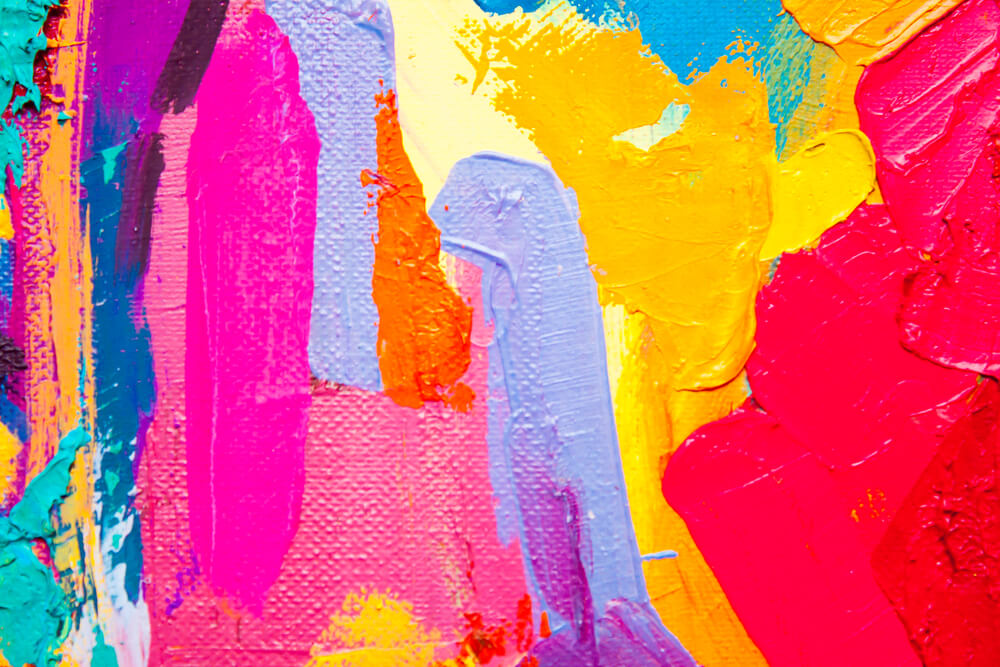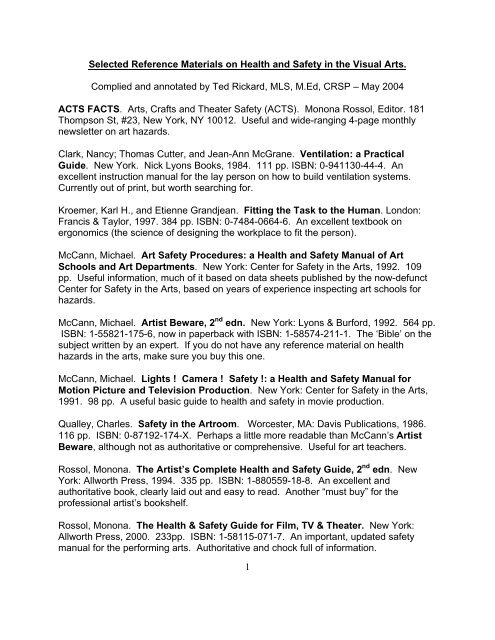Pros and Cons of Various Mural Materials
Imagine standing in front of a blank canvas, armed with a paintbrush and a world of possibilities. Just like an artist, you have the power to transform dull walls into vibrant masterpieces that captivate and inspire.
But where do you begin? Should you opt for the timeless elegance of ceramic tiles or the modern allure of digital printing? Each mural material has its own unique set of pros and cons, and in this discussion, we will delve into the world of mural materials to help you make an informed decision.
So, grab your paintbrush, and let’s explore the endless possibilities together.
Paint
When choosing paint for your mural, consider the pros and cons of different options.
One popular choice is acrylic paint. Acrylic paint dries quickly, allowing you to layer colors and complete your mural faster. It’s also durable and resistant to fading, ensuring that your artwork will last for a long time. However, acrylic paint can be quite expensive, especially if you need large quantities for a mural.
Another option is oil paint. Oil paint has a rich and vibrant color that can create a beautiful and realistic effect. It also has a longer drying time, which allows for more blending and shading. On the downside, oil paint requires the use of solvents for cleaning brushes and thinning the paint, which can be messy and have strong fumes. Additionally, oil paint can take a long time to dry, prolonging the completion of your mural.
Lastly, there’s spray paint. Spray paint is great for creating bold and graffiti-style murals. It’s quick to apply and allows for easy coverage of large areas. However, it can be challenging to control and can create a messy environment. It also has a strong odor and may require additional protective gear when working with it.
Consider these pros and cons when selecting the paint for your mural, and choose the option that best suits your artistic vision and practical needs.
Ceramic Tiles
Consider the benefits and drawbacks of using ceramic tiles for your mural project.
Ceramic tiles offer several advantages that make them a popular choice for murals. Firstly, they’re durable and long-lasting, able to withstand various weather conditions and maintain their color and integrity over time. This makes them suitable for outdoor installations that may be exposed to rain, sun, and other elements.
Secondly, ceramic tiles are easy to clean and maintain, requiring minimal effort to keep them looking fresh and vibrant. Additionally, they provide a smooth and even surface, allowing for precise and detailed artwork. Ceramic tiles also offer a wide range of color options, allowing artists to create visually stunning and intricate designs.
However, there are also some drawbacks to consider. Ceramic tiles can be expensive, especially if you require a large quantity for your mural. They can also be heavy and require proper installation to ensure they’re securely attached to the wall. Additionally, the glossy surface of ceramic tiles may cause reflections, making it harder to view the mural from certain angles.
Glass Mosaic
Glass mosaics offer durability and versatility, making them a popular choice for murals.
With their ability to withstand the elements, glass mosaics can be used both indoors and outdoors, ensuring longevity.
Additionally, their versatility allows for intricate designs and vibrant colors, making them a visually striking option for mural projects.
Durability of Glass
Glass mosaics can provide a visually stunning and long-lasting addition to any mural project. The glass tiles used in these mosaics are made from high-quality materials that can withstand harsh conditions, making them suitable for both indoor and outdoor installations. When it comes to durability, glass mosaics are known for their strength and resistance to fading and weathering. Unlike other mural materials, glass mosaics don’t warp or crack over time, ensuring that your mural will remain intact for years to come.
Additionally, glass mosaics are easy to clean and maintain, requiring minimal effort to keep them looking vibrant and beautiful. With their durability and timeless appeal, glass mosaics are an excellent choice for creating stunning and long-lasting murals.
Versatility of Glass
With its ability to adapt to various artistic styles and design concepts, the versatility of glass mosaics makes them a popular choice for adding a touch of creativity to any mural project. Here are some reasons why glass mosaics are so versatile:
– Color variety: Glass mosaics offer a wide range of colors, allowing artists to create vibrant and eye-catching designs.
– Texture: Glass mosaics can have different textures, from smooth to textured, adding depth and visual interest to the mural.
– Translucency: Glass mosaics can be translucent, allowing light to pass through, creating beautiful effects and enhancing the overall ambiance.
– Size options: Glass mosaics come in various sizes, making it possible to create intricate details or larger-scale designs.
– Compatibility: Glass mosaics can be combined with other materials like ceramic or stone, expanding the possibilities for artistic expression.
With these advantages, glass mosaics offer endless creative opportunities for mural artists.
Vinyl Wraps
Vinyl wraps offer several advantages for mural projects. They’re a cost-effective option, easy to install and remove, and provide a smooth and seamless surface for artwork.
However, there are also some disadvantages to consider. Vinyl wraps may not be as durable as other materials, and they can fade or peel over time. Additionally, they may not be suitable for outdoor installations due to their vulnerability to weather conditions.
Advantages of Vinyl Wraps
One of the advantages of using vinyl wraps for murals is their ability to create vibrant and durable designs. Vinyl wraps offer several benefits that make them a popular choice among mural artists:
– Versatility: Vinyl wraps can be applied to various surfaces, including walls, windows, and vehicles, allowing for greater flexibility in mural placement.
– Durability: Vinyl wraps are resistant to fading, peeling, and cracking, making them suitable for both indoor and outdoor installations.
– Ease of installation: Vinyl wraps are easy to install, saving time and effort compared to traditional painting methods.
– Removability: Vinyl wraps can be easily removed without damaging the underlying surface, offering a temporary option for murals.
– Cost-effectiveness: Vinyl wraps are often more affordable than other mural materials, making them a budget-friendly choice for artists and businesses.
With their vibrant colors, long-lasting durability, and ease of installation, vinyl wraps provide an excellent option for creating eye-catching and impactful murals.
Disadvantages of Vinyl Wraps
While vinyl wraps offer many advantages for mural artists, there are also some disadvantages to consider.
One major disadvantage is the potential for damage. Vinyl wraps are susceptible to scratches, tears, and fading over time, especially when exposed to harsh weather conditions or direct sunlight.
Additionally, the installation process can be challenging for artists who aren’t familiar with working with vinyl. Wrinkles or bubbles may appear during application, which can affect the overall appearance of the mural.
Another drawback is the limited lifespan of vinyl wraps. Compared to other mural materials, vinyl wraps tend to have a shorter lifespan and may need to be replaced more frequently.
Lastly, removing a vinyl wrap can be difficult and may leave residue or damage the underlying surface, requiring additional repairs.
Digital Printing
Digital printing offers a versatile and efficient method for creating vibrant murals with precise details. With this technology, you can bring your artistic vision to life in a way that’s both visually stunning and durable. Here are some key advantages of using digital printing for your murals:
– High-Quality Reproduction: Digital printing allows for the reproduction of intricate designs and vibrant colors, ensuring that your mural looks exactly as you intended.
– Quick Turnaround: Unlike traditional painting methods, digital printing can be completed quickly, allowing you to meet tight deadlines and deliver your mural on time.
– Customization: With digital printing, you have the flexibility to customize your mural to fit any space or design requirement. You can easily resize, edit, or modify your artwork to achieve the desired effect.
– Durability: Digital prints are resistant to fading, cracking, and peeling, making them ideal for outdoor installations or high-traffic areas.
– Cost-Effective: Digital printing eliminates the need for expensive materials and labor-intensive processes, making it a cost-effective option for creating large-scale murals.
Whether you’re looking to beautify a public space, promote your brand, or express your creativity, digital printing provides a reliable and efficient solution for creating stunning murals.
Metal Sheets
Metal sheets offer a durable and unique material option for creating striking murals. If you’re looking for a mural that stands the test of time, metal sheets are a great choice. These sheets are made from various metals like aluminum, steel, or copper, giving you a range of options to work with.
One of the biggest advantages of using metal sheets is their durability. Unlike other materials, metal sheets can withstand harsh weather conditions, making them ideal for outdoor murals. They’re resistant to fading, cracking, and peeling, ensuring that your mural remains vibrant for years to come.
Another benefit of metal sheets is their versatility. You can easily manipulate the metal to create three-dimensional effects or add texture to your mural. Metal sheets can be cut into different shapes and sizes, allowing you to create intricate designs and details. They also provide a unique reflective quality, adding depth and visual interest to your artwork.
However, there are a few drawbacks to consider. Metal sheets can be heavy and may require additional support during installation. They can also be more expensive compared to other materials. Additionally, working with metal sheets may require specialized tools and techniques.
Frequently Asked Questions
Are There Any Special Considerations for Outdoor Murals in Terms of Material Selection?
When it comes to outdoor murals, there are definitely some special considerations to keep in mind when selecting materials. The weather can be a harsh factor, so you want to choose materials that can withstand the elements. Look for options that are durable, weather-resistant, and fade-resistant.
Additionally, consider the surface you’ll be painting on and choose materials that adhere well to that specific surface. Taking these factors into account will ensure that your outdoor mural stands the test of time.
How Do the Costs of Each Material Option Compare to One Another?
When comparing the costs of different mural materials, it’s important to consider factors like the size of the mural and the complexity of the design.
Some materials, like acrylic paint, tend to be more affordable and readily available.
On the other hand, materials like ceramic tiles or mosaic glass can be quite expensive due to their durability and intricate detailing.
Ultimately, the costs will vary depending on your specific needs and preferences.
Can Any of These Mural Materials Be Easily Removed or Changed?
Can any of these mural materials be easily removed or changed?
It depends on the material you choose.
Some materials, like vinyl or removable wallpaper, can be easily removed without causing damage to the wall.
However, other materials, such as paint or tiles, may require more effort and potentially cause damage during removal.
Consider your long-term plans for the mural and the ease of removal before selecting a material.
Are There Any Environmental Concerns Associated With the Production or Disposal of These Materials?
Are there any environmental concerns associated with the production or disposal of these mural materials?
Well, let’s consider the impact on the environment. Some mural materials, like traditional oil-based paints, can release harmful chemicals into the air during production and disposal.
On the other hand, water-based paints are generally considered more environmentally friendly.

Additionally, certain materials, such as vinyl or plastic-based materials, may not be biodegradable, contributing to waste.
It’s important to weigh the pros and cons of each material to make an informed choice that minimizes environmental impact.
What Kind of Maintenance or Upkeep Is Required for Each Mural Material Option?
For each mural material option, you’ll need to consider the maintenance and upkeep required. Different materials have different needs. Some may require regular cleaning to prevent dirt and grime from accumulating. Others may need occasional touch-ups or resealing to maintain their appearance and protect them from weathering.
It’s important to understand the specific requirements of each material before making a decision. Regular maintenance can help ensure your murals stay vibrant and in good condition for years to come.
Conclusion
In conclusion, when it comes to choosing materials for murals, each option has its own pros and cons.
Paint allows for creativity and flexibility, but may require regular maintenance.
Ceramic tiles offer durability, but limited design options.
Glass mosaic provides a unique aesthetic, but can be costly.
Vinyl wraps are easy to install and remove, but may not withstand harsh weather conditions.
Digital printing offers detailed and vibrant designs, but may fade over time.
Metal sheets provide a sleek and modern look, but can be expensive and heavy look at this web-site .
Ultimately, the choice depends on the specific needs and preferences of the artist and the environment where the mural will be displayed.

Welcome to my website! My name is Marcus Westall, and I am a professional Wall Graphic Designer specializing in creating stunning and unique artistic wall graphics for various spaces. With a passion for transforming ordinary walls into captivating works of art, I strive to bring life and personality to any environment.

